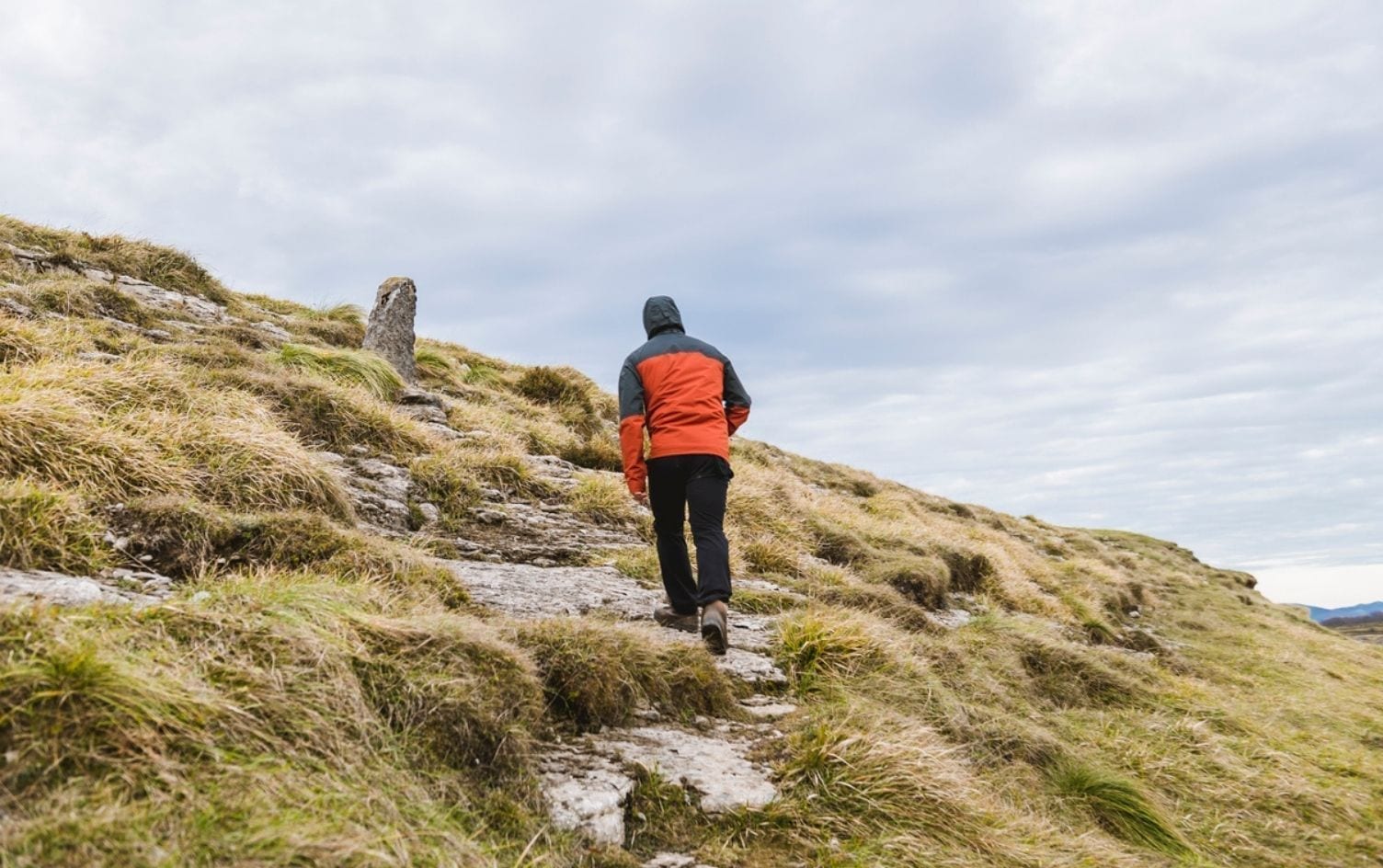There’s no one-size-fits-all approach to weight-loss, and many different science-backed strategies can help you reach your goals. The most important thing is to adopt healthy habits — like drinking more water and moving your body — that can be incorporated into your day-to-day lifestyle. When it comes to exercise, HIIT and walking have positive payoffs.
For people easing into a regular cardio practice, walking is a great entry point. Research shows it can improve your mood, heart health and aid weight loss. Another bonus: It helps you live longer. One study surveyed more than 50,000 walkers and found walking regularly was associated with a 20% reduction in all-cause mortality (They also found a 24% reduction in the risk of dying from cardiovascular disease).
Once you’ve gotten into a regular walking habit, it’s good to challenge yourself to increase the calorie burn and keep things exciting. Both high-intensity interval training (HIIT) walking and incline walking fit the bill. Here’s how to decide between the two.
BENEFITS OF HIIT WALKING
High-intensity interval training, or HIIT, can sound intimidating. To be specific: The “high-intensity part.” However, the workout technique, which involves faster-paced, intense bursts mixed in with more comfortable rest periods, is actually beginner-friendly. Plus, research shows it can improve athletic performance and cardiovascular health as well as rev up your metabolism for hours.
“This type of workout has been proven to be an effective way for people to build muscle, burn calories in a shorter amount of time, increase metabolic rate and burn fat,” says Cortney Logan, an RRCA certified run coach.
For HIIT-style walking, you can choose your own adventure. It’s easy to “adjust your work effort intervals in a way that suits you,” says certified personal trainer Joey Thurman. For example, maybe you pick up the speed for 20, 30 or 60 seconds at a time. You can also choose your terrain to add more or less resistance, whether that’s a flat surface, sand, hills or the pool.
BENEFITS OF INCLINE WALKING
Incline walking is exactly what it sounds like: heading for the hills. “This particular type of workout targets the posterior chain of your body (including hamstrings and glutes) and spikes the heart rate to burn extra calories,” says Thurman.
You can tackle hills outdoors to get the calming effect of nature or take it indoors to a treadmill. “Just be aware, if you’re on a treadmill, avoid holding onto the sides,” notes Thruman, since doing so lessens the intensity of your effort, leads to poor mechanics and provides inaccurate information on the screen in front of you.
Similarly, it’s important to remember what goes up must come down (unless you’re on a treadmill). If you’re outside, you’ll likely have to walk downhill, too. “Walking downhill places more load on your thigh muscles and knee joints, and if your legs aren’t strong enough, you might get a little knee pain,” says Chris Streeter, a physical therapist and run coach based in Rochester, New York. This doesn’t mean you need to avoid hill walking, says Streeter, but rather you might need to prepare. To get stronger and avoid knee pain, “basic exercises like bodyweight squats and lunges forward and to the side will help,” says Streeter.
For ideal incline walking form, imagine “pulling” yourself up the hill using the back of your legs (glutes and hamstrings) rather than leaning forward and “pushing” up the hill with the front of your legs (quads), says Alec Blenis, certified strength and conditioning specialist.
IS ONE BETTER THAN THE OTHER?
HIIT walking offers a big calorie burn for a short time, making it a weight-loss favorite. Depending on the format you follow, it can also lead to a greater calorie burn compared to incline walking. However, if you’re pushing to your max, and often, it’s possible to overtrain. A good rule of thumb is to have at least one low-intensity exercise day between two HIIT days.
Incline walking also offers a great fat-burning workout, but it can be stressful on the joints. It’s best for those who don’t have pre-existing knee issues, especially if downhill portions are involved.
THE BOTTOM LINE
“Ultimately, it comes down to personal preference,” says Streeter. Incorporating both types of walking can help stave off boredom and mix up your weekly schedule to work different muscle groups. At the end of the day, “the best exercise [for weight-loss] is the one you’ll do consistently.”
Originally published January 2021
Ready to take the next step? Unlock MyFitnessPal Premium to access custom goal settings, quick-log recipes, and guided plans from a registered dietitian. Premium users are 65% more likely to reach their weight loss goals!




